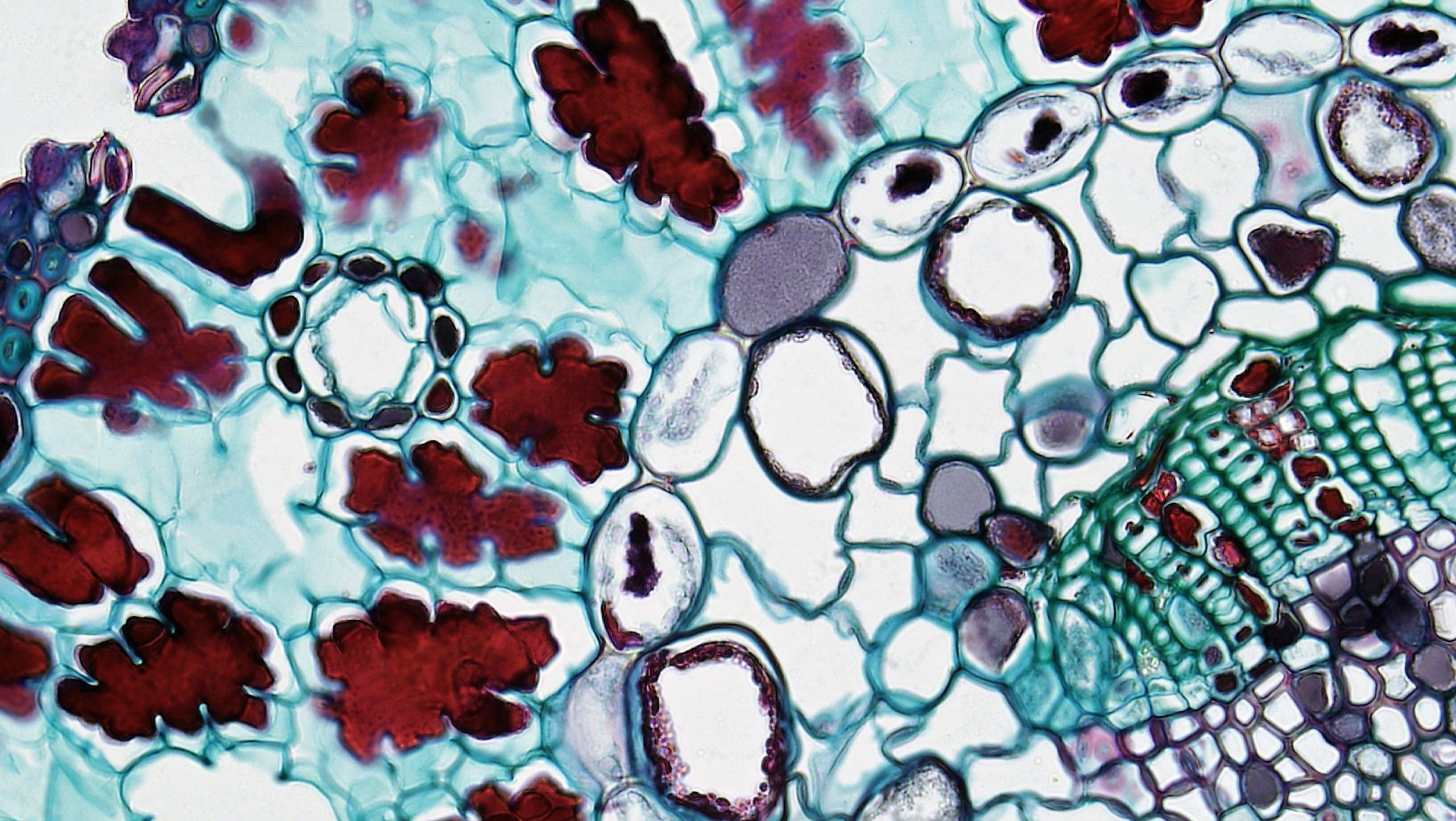Understanding the Basics of Genetics
When unraveling the mysteries of our genetic code, it’s essential to comprehend the basics of genetics. Our genes, stored within the DNA, dictate everything from our eye color to potential health conditions. The concept of dominant and recessive traits is fundamental in understanding how characteristics, including diseases like sickle cell anemia, are inherited.
What Exactly is Sickle Cell Anemia?
Sickle cell anemia is a genetically inherited condition that primarily affects the red blood cells, distorting their natural disc shape into a crescent or “sickle” shape. This alteration can create a host of complications, including pain crises, anemia, and increased susceptibility to infections. But is the trait for sickle cell anemia dominant or recessive?
Dominant Vs. Recessive Traits: A Brief Overview
In genetic terms, a dominant trait is one that is expressed even when only one copy of the gene is present, while a recessive trait requires two copies (one from each parent) to be expressed. The genotype of a person for a particular trait involves the pair of genes (alleles) they carry: homozygous (two identical alleles) or heterozygous (two different alleles).
The Inheritance Pattern of Sickle Cell Anemia
The inheritance pattern of sickle cell anemia falls under autosomal recessive traits. What does this mean? An individual must inherit two copies of the defective gene – one from each parent – to manifest the disease. Those with just one copy are carriers (heterozygous) and may pass the trait to their offspring.
HbS and HbA Alleles: A Closer Look
The sickle cell allele, abbreviated as HbS, results in the production of abnormal hemoglobin, known as hemoglobin S. When a person inherits the HbS allele from one parent and the normal hemoglobin allele (HbA) from the other, they become carriers of the sickle cell trait but typically do not exhibit symptoms of the disorder.
Consequences of Carrying the Sickle Cell Trait
Carriers of the sickle cell trait (HbAS) usually do not show signs of the disease, but they can pass the HbS allele to their children. Their health might not be impacted drastically, but their genetic code carries a critical decision-maker for the health of future generations.
Worldwide Impact and Prevalence of Sickle Cell Anemia
Globally, sickle cell anemia leaves a significant impact, especially in regions like Africa, the Mediterranean, and parts of India. Understanding its genetic underpinnings and inheritance is crucial in developing strategies for management, treatment, and potentially, prevention of the disorder in high-prevalence areas.
Testing and Managing Sickle Cell Disease
Genetic testing is vital for managing and preventing the transmission of sickle cell anemia. Early detection through newborn screening and subsequent management strategies, like regular check-ups, pain management, and preventive care, are pivotal in managing the condition effectively.
The Vitality of Research and Awareness
Continuous research and spreading awareness about sickle cell anemia and its inheritance patterns are crucial. Enhanced knowledge and technology are providing fresh insights into managing and possibly curing genetic disorders, impacting the quality of life for affected individuals and their families positively.
Conclusion
Diving deep into the realms of genetics and sickle cell anemia, we uncover the quintessential role of understanding inheritance in managing and potentially eradicating genetic disorders. Sickle cell anemia stands as a recessive genetic disorder, demanding two copies of the defective gene for manifestation. While carriers may not exhibit symptoms, their role is paramount in the genetic transmission to subsequent generations. Through robust research, testing, and awareness, strides are made toward not only managing but also potentially finding a cure for such impactful genetic disorders. And in the intricate web of genetics, every strand of knowledge we unveil brings us one step closer to deciphering the complex codes that define us.

